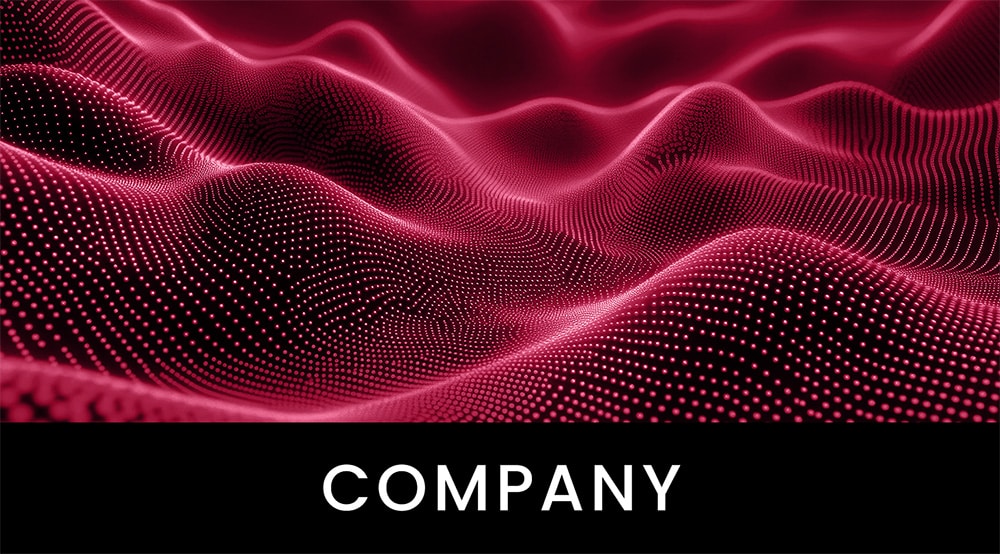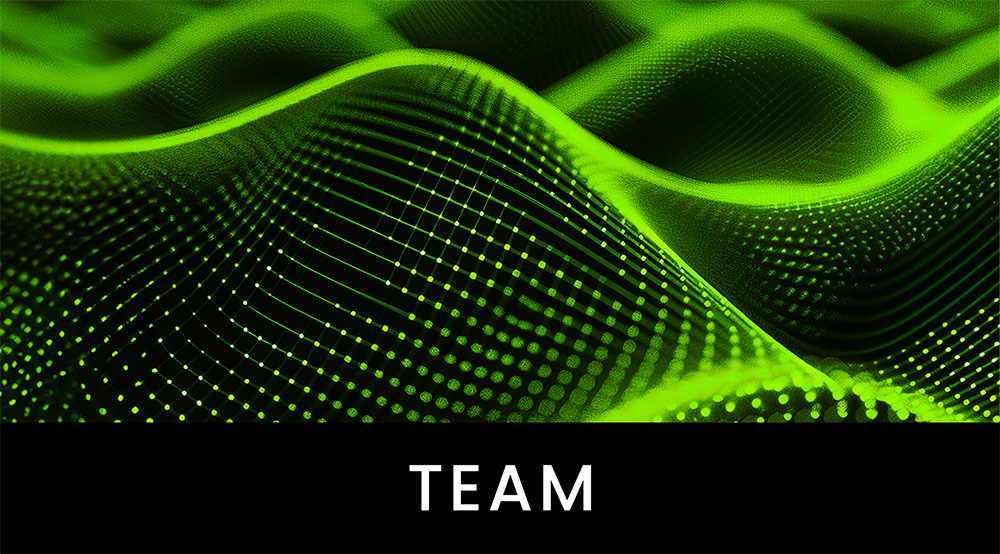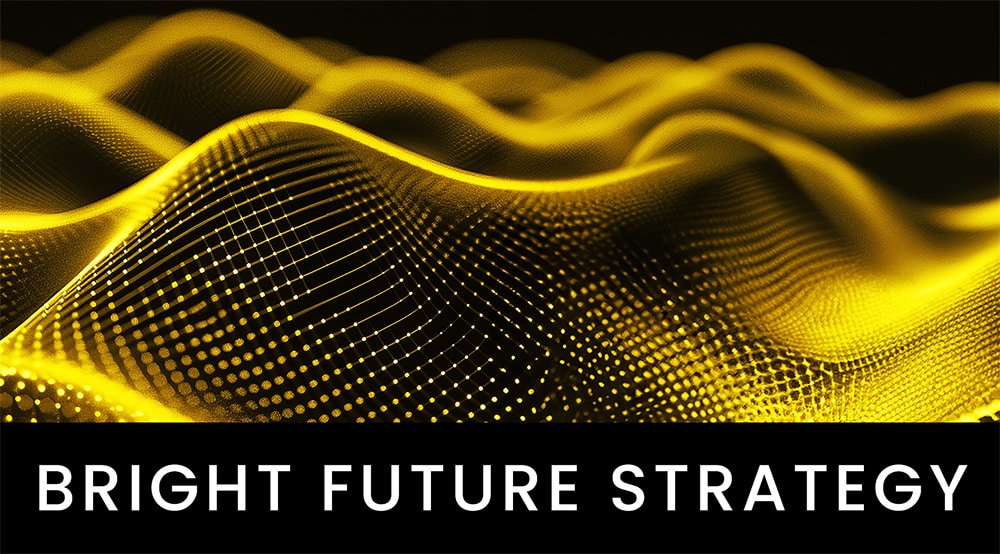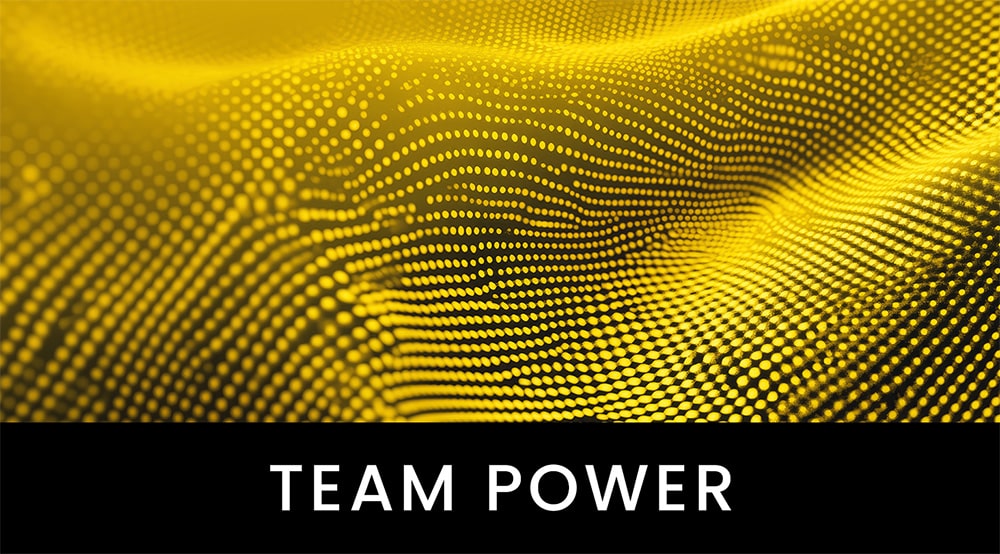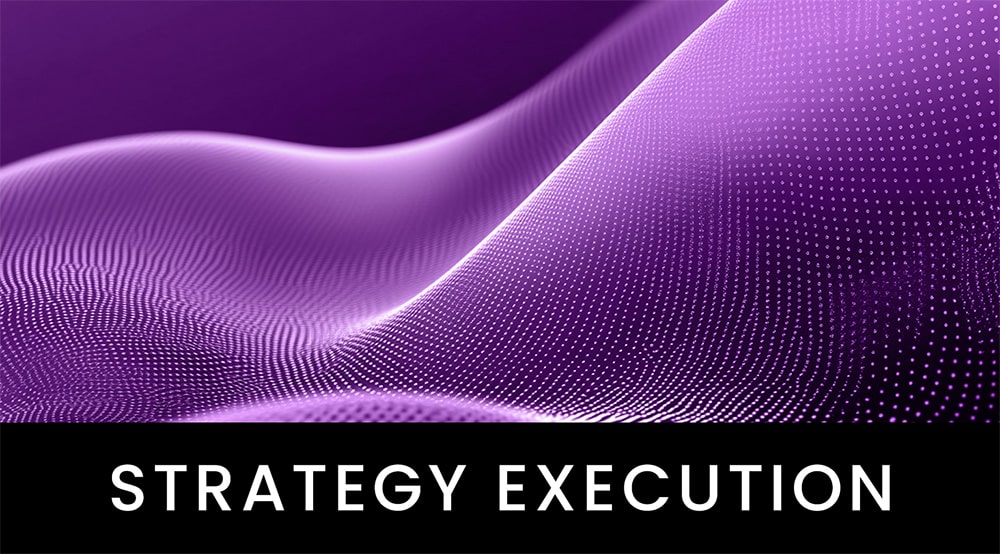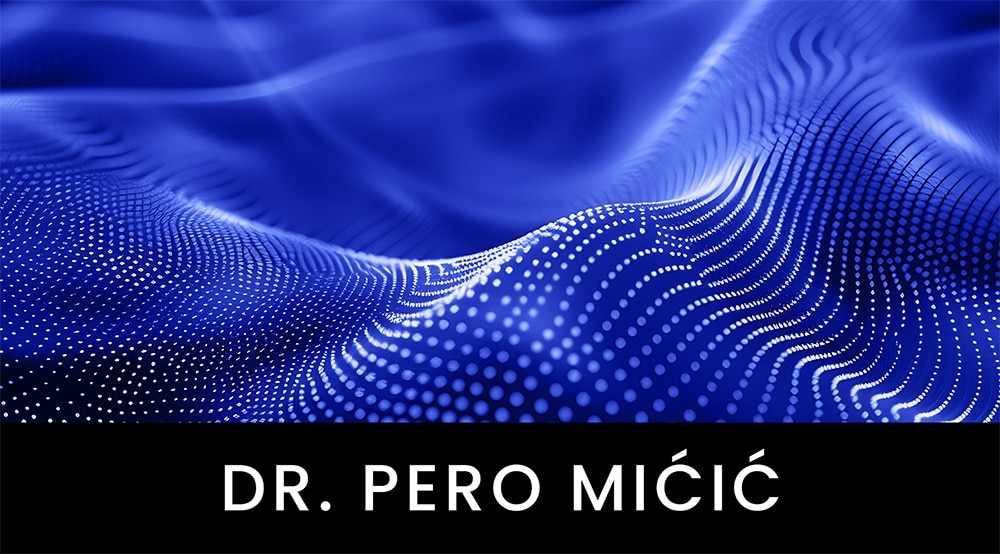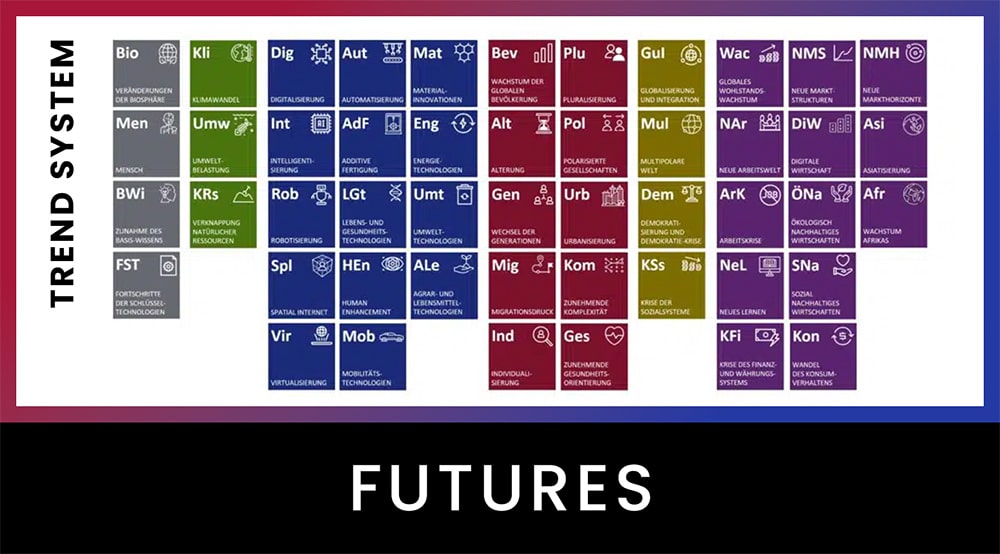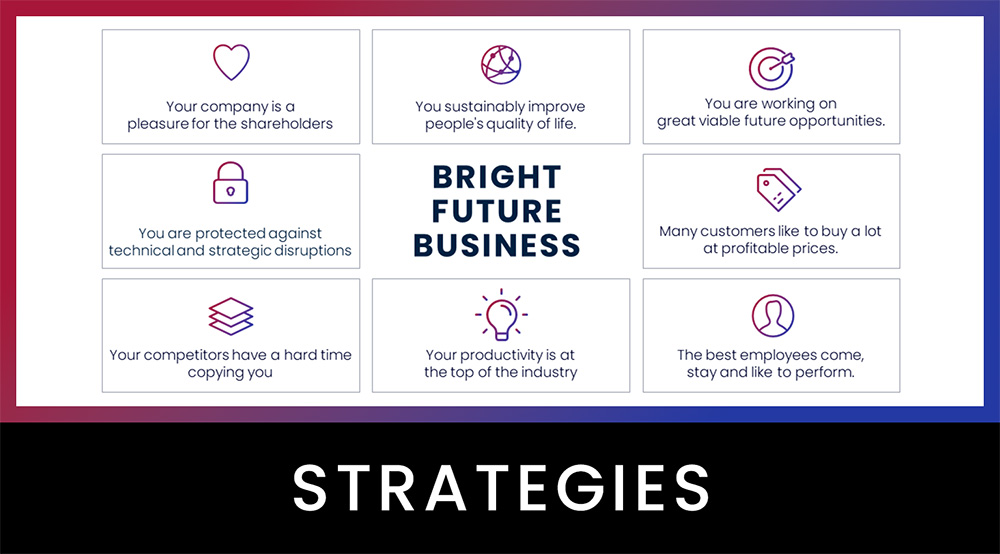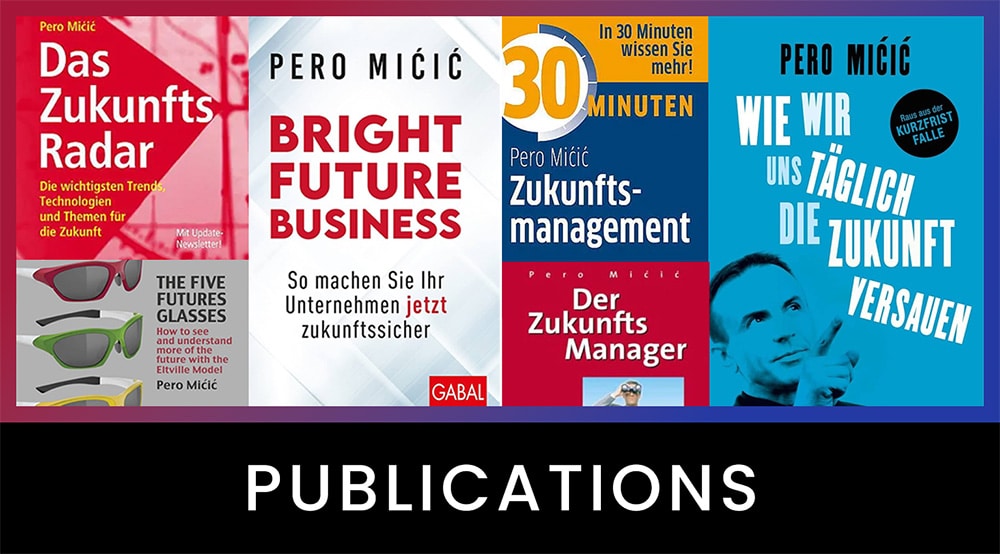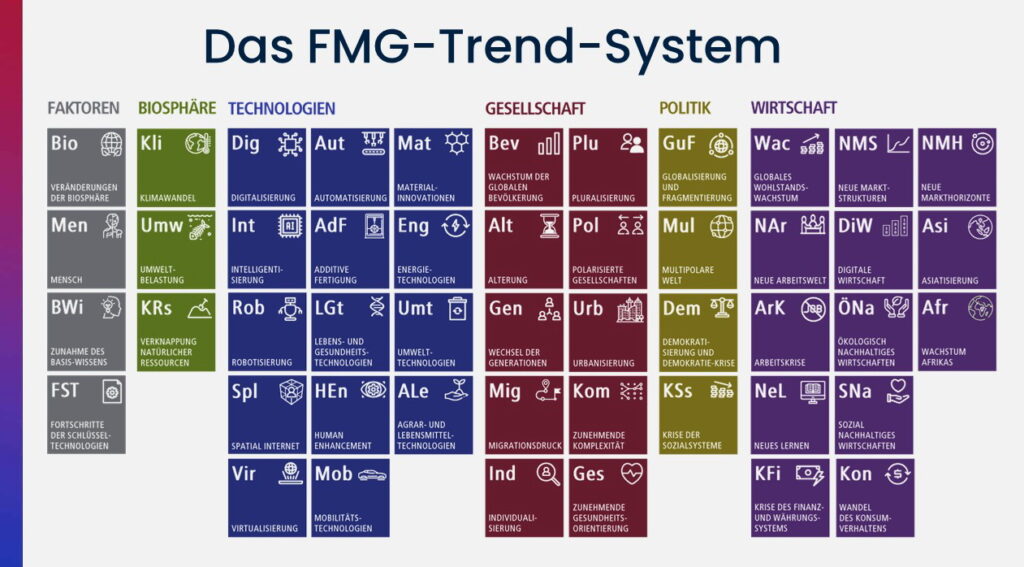Megatrend virtualization
From the FMG Trend System: For your future-proof company
Virtualization as a driver of change
Virtualization creates digital environments that extend, replicate or completely replace physical reality. What used to be considered a technological gimmick is now becoming a strategic tool: virtual spaces make it possible to develop products, train people, interact with customers or work together – regardless of location, material or physical infrastructure. The boundaries between real and virtual are becoming increasingly blurred.
Whether virtual trade fair stands, digital conferences or immersive product simulations – virtualization is a forward-looking development path for business, society and culture. It brings speed, flexibility and new design options to almost all areas of life. To the overview of all megatrends
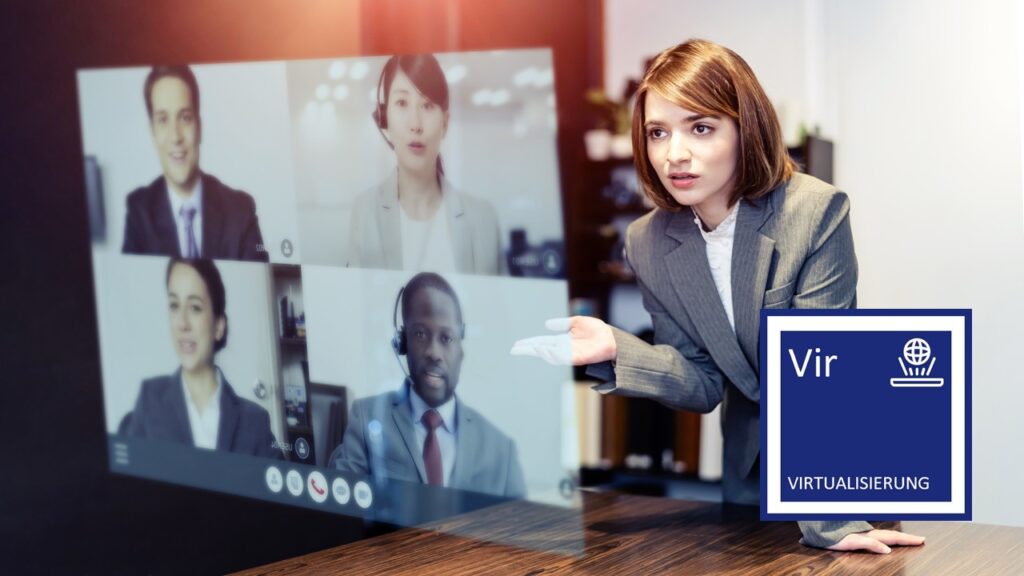
What does virtualization mean for companies?
Virtualization is fundamentally changing value creation: products are created digitally, collaboration is location-independent and customer experiences are becoming more immersive. Companies can shorten development times, reduce travel and scale processes – without compromising on quality. Digital twins, simulations, virtual training and digital sales experiences save costs, increase efficiency and enable data-driven learning.
For decision-makers in SMEs, virtualization opens up concrete opportunities: new business models, hybrid working environments, smart services and faster innovation cycles. Its relevance will increase – driven by increasing computing power, better transfer rates and falling hardware costs.
- Alongside human motives, virtualization and other technologies are the strongest trends driving change. We use our tools to shape the world, mostly to our advantage.
- The virtualization megatrend is just one of many that could be relevant for the future of your business.
- In addition to megatrends from the biosphere, society, politics and the economy, FMG’s trend system also includes the drivers that trigger trends such as virtualization, the future factors. To the overview of all megatrends
Four key developments in virtualization
1. augmented reality – the digital extension of reality
Augmented reality adds digital information to the real environment. The physical space remains intact, but is supplemented by additional visual, auditory or haptic information based on the context.
Digital Appearance makes it possible to digitally change the appearance of objects or people – e.g. in e-commerce or social applications.
Mixed reality combines real and virtual elements and enables complex interactions with digital objects in real space.
Avatars act as virtual representatives in immersive environments – with potential applications in consulting, sales and collaboration.
Telepresence allows people to be virtually present in remote locations – for example in meetings, events or in customer service.
2. dematerialization – from hardware to simulation
Dematerialization describes the reduction or complete replacement of physical elements with digital alternatives. The aim is to reduce material, energy and transportation costs while at the same time creating new flexibility.
Miniaturization reduces the size of technical components while maintaining full functionality – e.g. in sensor technology, wearables or medical technology.
Simulation technologies are replacing physical tests or prototypes with digital twins and computer models – for example in vehicle or building design.
X-by-wire systems eliminate mechanical control elements in favor of electronic signal transmission – e.g. in vehicles or aircraft.
3. display innovations – the gateway to the virtual world
Modern displays form the bridge between people and the digital world. They are becoming more flexible, more intelligent and more immersive – and enable new forms of interaction.
Screenless displays project content e.g. as holograms or directly onto the retina and replace conventional screens.
Display wallpapers transform any surface into large-scale information or presentation areas – for example in rooms or vehicles.
- Digital signage replaces static information with digital, centrally controlled displays – for example in retail, in buildings or in transportation.
- E-paper offers flexible, energy-saving display options for packaging, wearables or digital signage.
Head-mounted displays (HMDs) enable new forms of information capture and immersive working in 3D environments.
Head-up displays (HUDs) show important information directly in the field of vision – e.g. in vehicles or for machine control.
Field Emission Displays (FEDs) combine high image quality with low energy consumption for mobile applications.
Touch interfaces enable intuitive, tactile control in virtual systems – from mobile devices to VR applications.
4. virtual reality – experience immersive environments
Virtual environments create interactive, computer-generated experience spaces. They become a platform for learning, development, sales or entertainment – regardless of location or material.
Virtual worlds enable collaborative working, learning or playing in 3D environments.
Haptic technologies provide tangible feedback for realistic interaction with virtual objects.
Metaverse platforms link social, economic and creative activities in an overall digital space.
Virtualization for Availability ensures that IT systems remain highly available by operating them redundantly on virtual machines.
Virtual studios are revolutionizing media production with dynamic LED backdrops and digital real-time backgrounds.
Data visualization makes complex information understandable and interactive – e.g. in management or customer service.
Conclusion: Using virtualization as a targeted opportunity
Virtualization makes it possible to overcome physical boundaries – in collaboration, in service, in development.
Medium-sized companies benefit from faster innovation cycles, reduced costs and enhanced customer experiences.
Those who invest in virtual technologies now can develop new business models and make existing processes future-proof.
- With the Future Radar Program, you can identify which aspects of virtualization will be relevant for your company in the future and how you can use them as a strategic opportunity.

